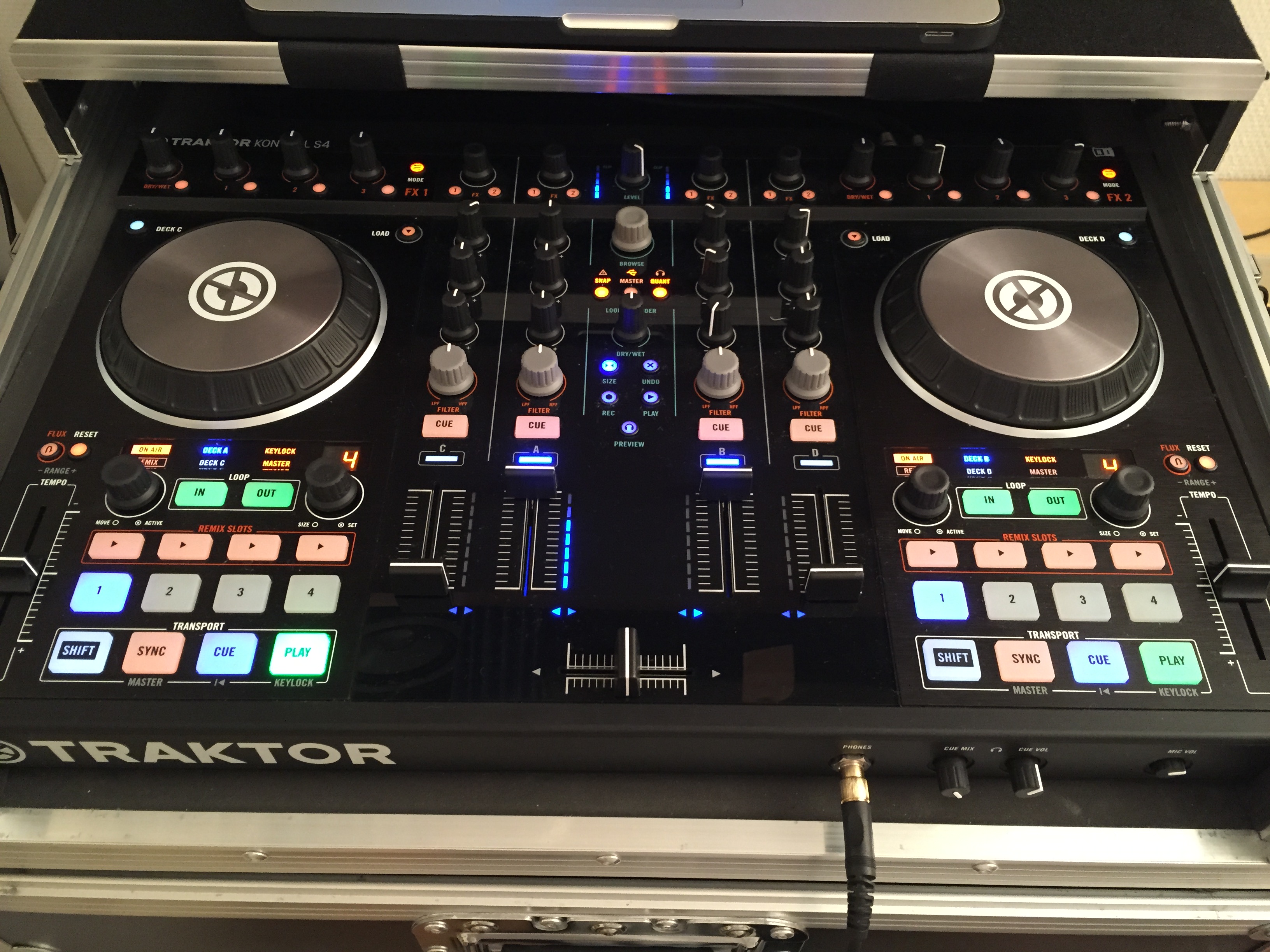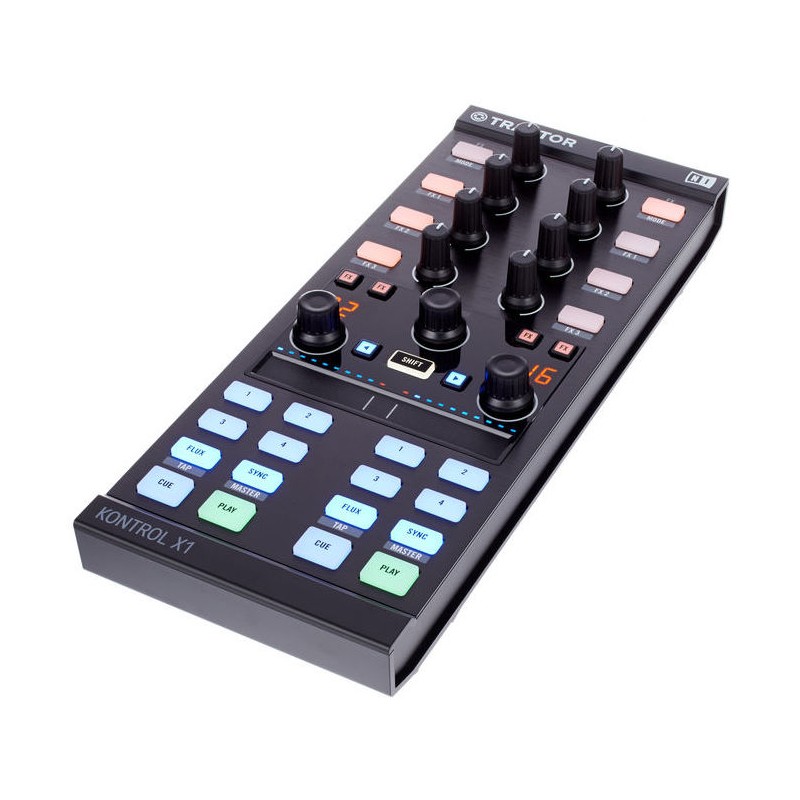


The last two views include a Track Art view and a DJ Logo view. In this view, you also get the number of semitones shifted from the original key. This screen now includes a new countdown feature that displays the number of beats until the next hot cue. The Virtual Deck mode is reminiscent of the DDJ-1000SRT platter screens. All options display the relevant track info outlined above. There are three additional views for the platter screens, offering a total of four views. You can also zoom in and out the platter waveforms using the Shift and the Pitch Bend buttons. In addition, BPM, Auto-Loop values, pitch percentage, and key are displayed prominently. Pioneer DJ has even added a variation of the CDJ Phase Meter display in this view. You also get the waveform for the opposite deck on the screen. The default setup includes a waveform view with smooth, scrolling, vertical waveforms in the middle and waveforms of the entire track on the outside. The screen at the center is similar to the screen you would find on the DDJ-1000. The platters also have both a high and a low torque mode to use to your preference. It’s an elegant and ingenious design and probably the best implementation of a digital spinning platter I’ve seen

The top plate slides over the secondary ring and clicks into a small, plastic tooth that handles the software’s transport. Inside that ring is a secondary plastic ring that controls the positioning of the platter. The screen resides in the center, and it’s only the outer ring that spins. Unlike most players, this is not the traditional one-piece platter you would find on a turntable. A transparent middle displays a screen underneath displaying waveforms, BPM, loop length, track key and more. The top plate consists of a single piece, which is very different from the problematic ring design of the Technics SLDZ. While they look similar to the screen located at the center, closer inspection shows that Pioneer DJ has created something far superior.

Pioneer DJ has crafted something unique by eschewing the traditional locking spindle mechanism on players like the Rane Twelve or Denon 6000Ms.Īt first glance, the closest comparison would be the old Technics SL-DZ1200 CDJs. These direct-drive platters are quite the revelation – unlike anything we have seen before. Of course, the first thing we should talk about is the platters. Today, they revealed the DDJ-REV7: a premium, all-in-one, Serato-based controller with spinning platters. Well, here we are in 2022, and Pioneer DJ finally did the unthinkable. Year in, year out, these rumors would occasionally swirl up. I have even seen people post pictures from our very own speculative article as “leaks.” Perhaps some leaked custom accessories from a 3rd party manufacturer like 12inchSkinz. It might be a leaked schematic or someone’s concept art for a hybrid player. Over the years, the rumor mill would swirl about the potential for a spinning platter controller from Pioneer DJ. With all these offerings available, the prevailing question remained: when will Pioneer DJ come out with a controller with spinning platters? For years, the answer seemed to be “never.” Fast forward several years and we saw a spinning platter renaissance thanks to the introduction of the Rane Twelve, the Denon SC5000M, and later, the Traktor S4 MK3, the SC6000M, and the Rane ONE. While the Numark NS7 had enjoyed three different iterations, it was always a niche product and was never widely adopted. Spinning platter controllers and players made an unexpected comeback in the last few years.


 0 kommentar(er)
0 kommentar(er)
